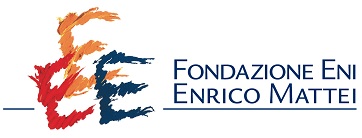Date of This Version
June 2012
Abstract
Protected areas can represent a strategic laboratory for the realisation of initiatives capable of promoting sustainable economic development models at a local level. One of the duties of national parks is to provide value and promote, even for tourism purposes, natural, historical and cultural resources subject to restrictions in the territory. This contribution describes the research process activated for the definition of a tourism development strategy in the youngest Italian national parks, the Appennino Lucano Val d'Agri Lagonegrese located in Basilicata. This is a protected area which has not yet been developed from a tourism point of view and it has an "eclectic" naturalist value characterised by flora on one hand and significant fauna on the other, as well as a subsoil rich in hydrocarbons (the largest deposit on continental Europe). In light of this typicality for the area, research favoured a participative type qualitative-quantitative approach, involving both local stakeholders, for exploration of the area's potential and definition of possible tourism development scenarios, and actual or potential users interested in the area, for assessment of the proposed alternatives. The information and data collected allowed, on one hand, the identification of major critical areas which currently make tourism in the area an activity that is still economically marginal with respect to the local structured economic system, and on the other hand, identification of some themes around which to build a competitive tourism product in line with market demands in observance of sustainability. Through a contingent assessment exercise it was possible to understand what the preferences are with respect to different hypotheses of the tourism offer in the area for current and potential tourists involved in the survey and, at the same time, to identify some elements to examine in order to improve attractiveness.
Recommended Citation
Bencivenga, Angelo; Breil, Margaretha; Cassinelli, Mariaester; Chiarullo, Livio; and Percoco, Annalisa, "The Possibilities for the Development of Tourism in the Appennino Lucano Val d'Agri Lagonegrese National Park: A Participative Qualitative-Quantitative Approach" (June 19, 2012). Fondazione Eni Enrico Mattei Working Papers. Paper 681.
https://services.bepress.com/feem/paper681
